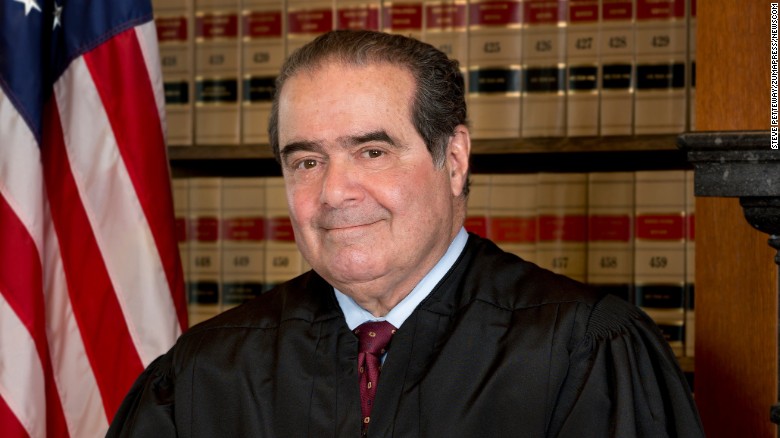
As the nation is stunned by the death of Justice Antonin Scalia, the immediate question is what it will mean for the Supreme Court this year and in the future.
The court has an unusually large number of cases before it this term on controversial issues: abortion, affirmative action, the contraceptive mandate in the Affordable Care Act, the First Amendment rights of non-union members, immigration and voting districting.

The long-established procedure is that for a justice to participate in a ruling, he or she must be on the bench at the time the decision is handed down. Justice Scalia’s vote, therefore, will not be counted in any case this year that has not already been issued. Obviously, in any case where there is a majority without him, the decision still will be forthcoming.
But there may be a number of 4-4 ties without his vote. For example, the Supreme Court heard oral argument in January in Friedrichs v. California Teachers Association as to whether to overrule a prior decision and hold that non-union members have a First Amendment right to not pay the share of union dues that goes to support collective bargaining.
From the argument it seemed clear that the court, in a 5-4 decision split along ideological lines, would issue an important ruling against the unions. Now, it almost certainly will be 4-4.

The court will have two choices in these cases. One possibility is simply to announce that the court split 4-4, which means the lower court is affirmed without opinion by an evenly divided Supreme Court.
This would mean that the lower court decision in favor of the unions would stand, and in the abortion and immigration cases this would leave in place lower court rulings in favor of the conservative result. Or the court could decide to put these evenly divided cases over for reargument next year.
But will the court have a ninth justice next year? The crucial question is whether President Obama can nominate anyone that the Republican Senate will confirm. President Obama will likely want to appoint someone who will shift the balance on the court; he does not want to appoint a conservative just to get someone through the Senate. But it is doubtful that anyone acceptable to Obama could get the support of the majority of the Senate.
My prediction is that President Obama will pick someone quickly of impeccable credentials. The Senate will have to decide whether to confirm or leave the seat on the Supreme Court vacant for more than a year. Senate Republicans likely will choose the latter course, even though it may make them vulnerable to criticism in an election year.
If the vacancy remains until after the presidential election, even if the new President picks someone immediately, it is unlikely that the confirmation process can be done much before the end of the next term. This would mean the court would function with eight justices for the rest of this term and all of next.
All of this ensures that the Supreme Court will be a far more salient issue in the presidential election. And it should be. This seat on the Supreme Court could make all the difference with regard to virtually every constitutional issue and affect all of us, often in the most intimate and important aspects of our lives.
Antonin Scalia served on the court for almost 30 years and was a consistent conservative vote and a powerful conservative voice. He staunchly opposed abortion rights and affirmative action; limits on campaign spending, gay rights and separation of church and state. His long-term legacy in these, and all areas, will depend on his successor and who fills other likely vacancies on the court over the years to come.
Since 1960, the average age of a Supreme Court justice leaving the bench is 79 years old, Justice Scalia’s age at the time of his death. Three other justices will be 79 or older in 2017, the year in which the next President is inaugurated.
The most important issue in the next presidential election should be, and now is more likely to be, who will fill these vacancies.
As reported by CNN
